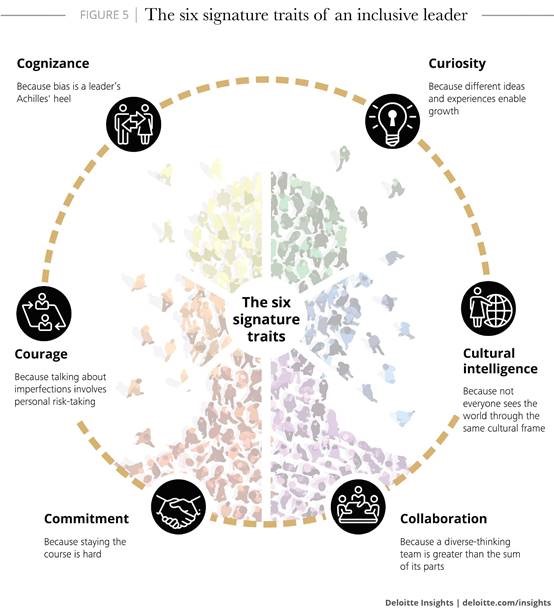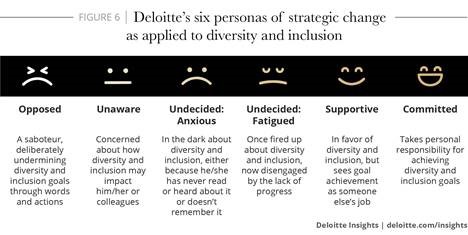Friday Facts: Powerful Truths for Leaders
Posted on Friday, November 9th, 2018
Todays’ Friday facts is more aptly titled Friday reflection.
Deloitte conducts an annual survey of Global Human Capital Trends, and tracks the perceived importance of I&D in corporate success. As a culmination of this survey and seven additional major research studies, they have identified there eight powerful truths about inclusion and diversity. I have include below two from Deloitte’s research that apply to managers and leaders, and I hope inspire some reflection.
- Inclusive leaders cast a long shadow: Deloitte’s research shows that the behaviors of leaders (be they senior executives or managers) can drive up to 70 percentage points of difference between the proportion of employees who feel highly included and the proportion of those who do not. Inclusive leadership is broader and a much more intentional and effortful process than just being nice to people. In essence, inclusion of diversity means adaptation. Leaders must alter their behaviors and the surrounding workplace to suit the needs of diverse talent, ideas, customers, and markets.

- Middle managers matter: “Ah, the middle managers conundrum, the grassroots are energized, the executives have seen the light, and the top-down and bottom-up momentum comes to a screeching halt right in the middle girth of most organizations.” While change needs to be driven from the top, the middle manager cohort is vital to the success of an organization’s diversity and inclusion strategy. Managers can react to inclusion and diversity efforts in a variety of ways – consider where you might be and where your reports are:

Leaders can influence middle managers using multiple tactics, including:
- Using storytelling to help move people emotionally and engage them on the purpose of the D&I agenda. For example, senior leaders could share their personal stories of commitment.
- Addressing myths and misconceptions by ensuring that middle managers understand the fundamentals—for example, by communicating the difference between equality and equity.
- Having open conversations to enable questions and concerns to be surfaced. Senior leaders should enter these conversations with curiosity and courage—two of the trademark characteristics of highly inclusive leaders.
- Exposing middle managers to influential role models and other powerful experiences, such as putting them on high-performing, diverse teams; presenting them with counter-stereotypic examples; offering them mentoring opportunities; and giving them experiences that put them in the minority. These tactics should help managers walk in someone else’s shoes and enable perspective-taking.
- Making tough decisions when needed to ensure that the organizations’ values are upheld. Inclusion is not a euphemism for “anything goes.”
- Posted in
- Uncategorized